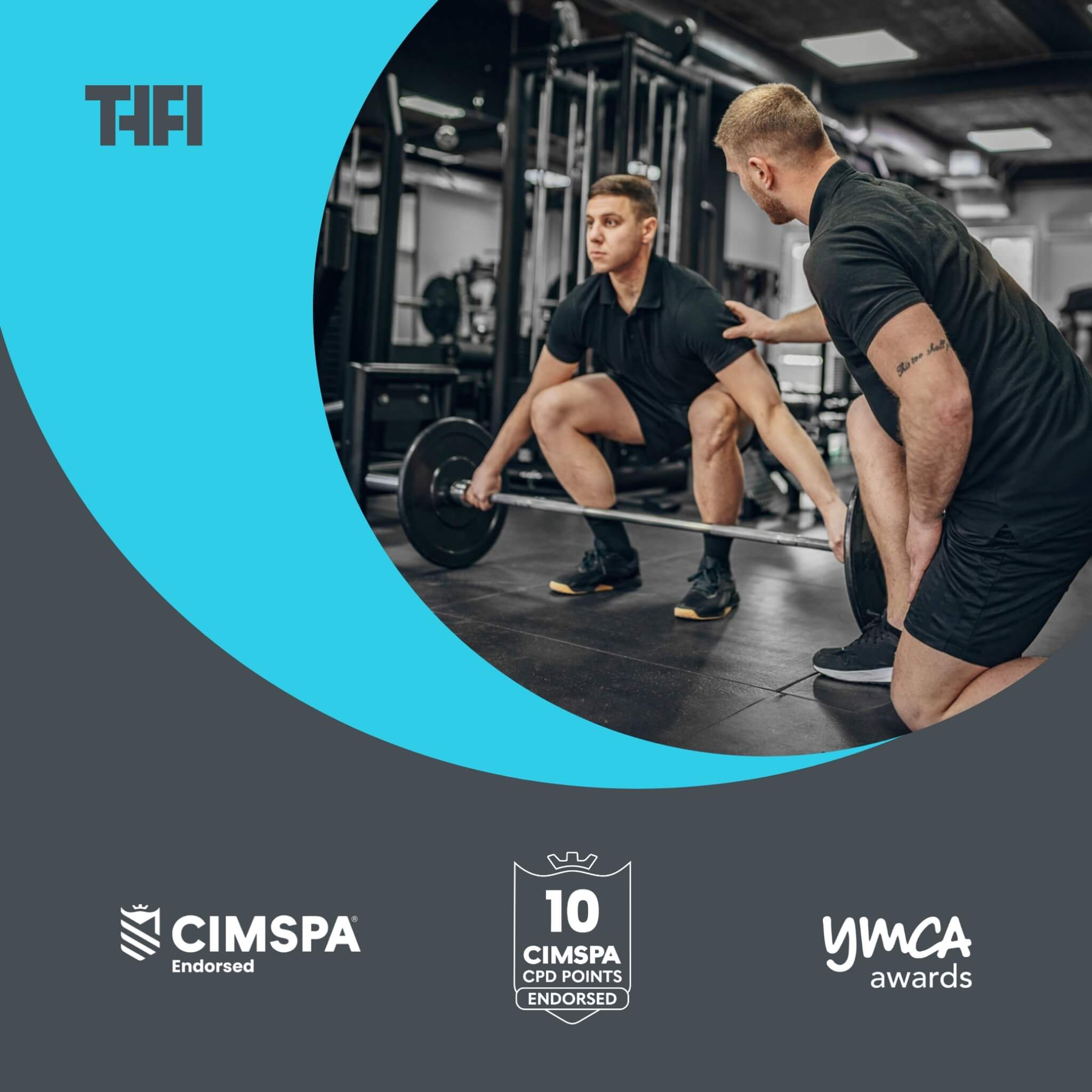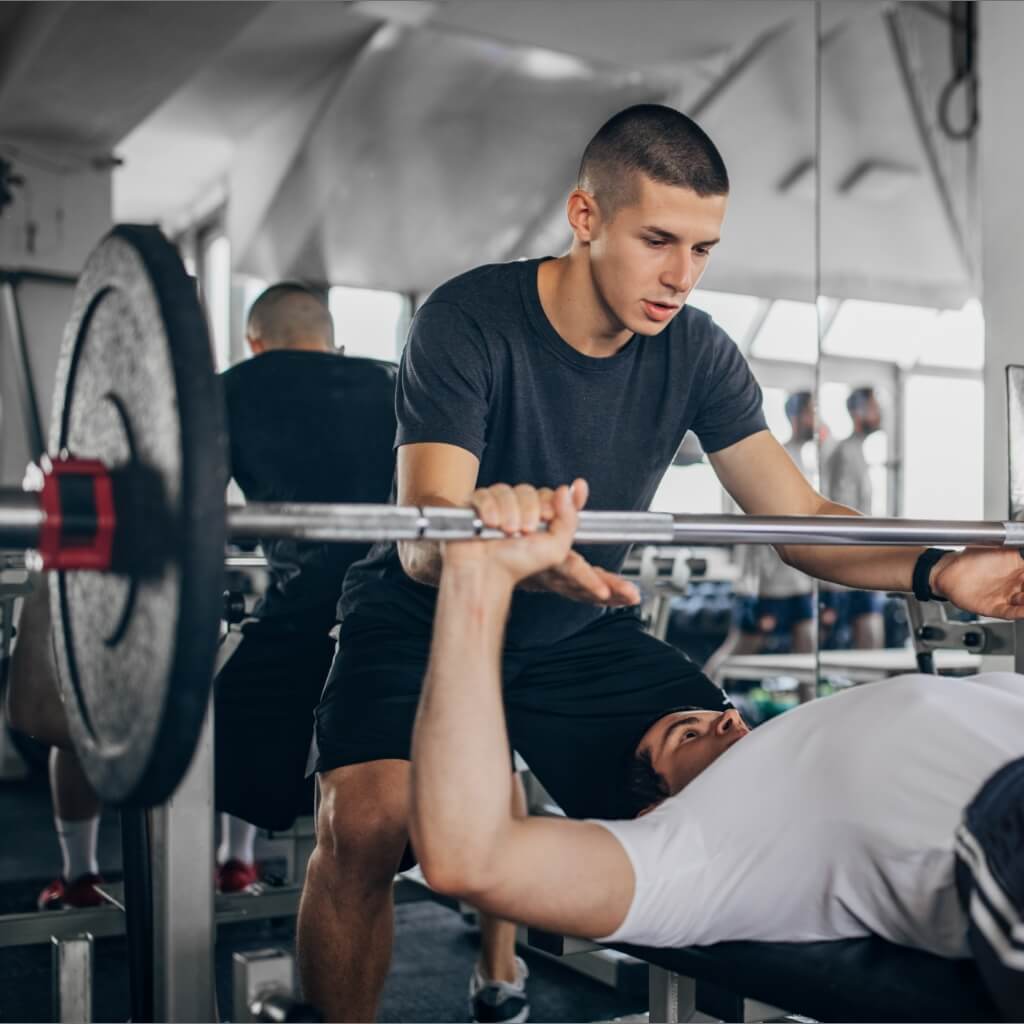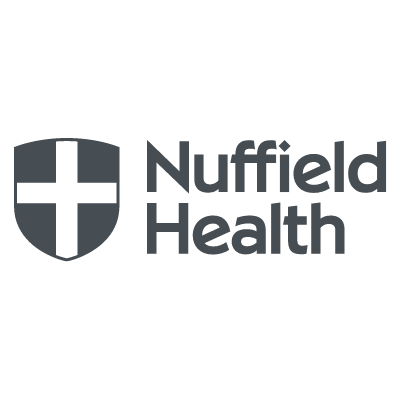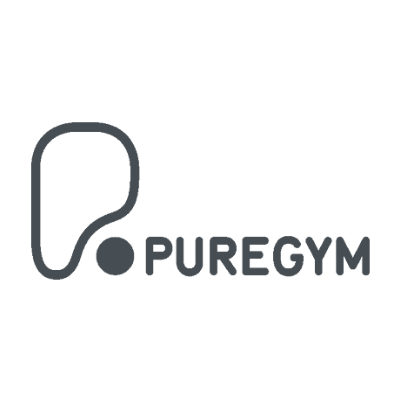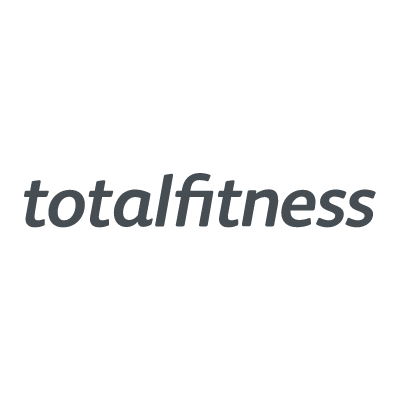Are Altitude Training Masks The Real Deal?

Training at high altitudes can give athletes some incredible performance-enhancing benefits.
Improved endurance, higher VO2 max, and better recovery times are just some of the reasons why many top sportspeople head for the mountains for serious training.
But can you really harness these same benefits with your personal training clients by using an altitude training mask without the need to move to the Himalayas?
They’re designed to simulate low-oxygen conditions at high altitudes in a low cost and accessible way.
But how do they work? What are their benefits? And will they really improve all these performance metrics when training your clients?
If you're serious about enhancing client performance, starting with a solid personal training course online can help you understand how tools like altitude masks fit into a broader training strategy.
This article cuts through the hype and gives you the facts you need to know for your clients...
What is altitude training?
Altitude training involves being exposed to high altitude environments where the air is thinner and oxygen levels are lower. It’s a technique often employed by athletes seeking to enhance their performance by acclimatising their bodies to work more efficiently under reduced oxygen conditions.
Why do athletes venture into these oxygen-deprived environments? The answer lies in the body's remarkable ability to adapt. Exposure to high altitudes triggers a series of physiological responses aimed at improving oxygen delivery to muscles. This adaptation is primarily facilitated by an increase in the production of red blood cells, courtesy of the hormone erythropoietin (EPO), which improves the blood's oxygen-carrying capacity.
Engaging in altitude training can lead to enhanced VO2 max – the maximum rate of oxygen your body can utilise during intense exercise. It can also improve endurance, increase lung capacity, and even enhance recovery times. Essentially, altitude training can redefine the boundaries of an athlete's physical capabilities, making it a coveted strategy for those looking to gain a competitive edge.
The question that arises for personal trainers and their clients, especially those without easy access to mountainous terrain, is how to harness the benefits of altitude training at sea level. This is where the concept of simulated altitude training, and more specifically, altitude training masks, come into play.
Understanding the underlying principles of altitude training lays the groundwork for appreciating the potential and limitations of these innovative tools in enhancing your clients’ athletic performance.
Are altitude training masks a cost-effective solution?
The quest to harness these benefits without athletes needing to live and train high in the mountains led to the innovation of altitude training masks.
This piece of equipment is designed to simulate the conditions of training at high elevations in the gym.
But how do these masks work, and can they truly replicate the benefits of training thousands of metres above sea level?
How do altitude training masks work?
Altitude training masks are engineered to simulate the reduced oxygen intake experienced at high altitudes when you are training down at sea level.
These masks restrict the flow of air to the wearer, forcing the respiratory muscles to work harder to inhale and exhale. This is achieved through valves that limit the volume of air entering the mask, thereby reducing the oxygen availability with each breath.
The primary aim here is to strengthen the respiratory muscles by creating a form of resistance training for breathing. This concept is similar to lifting weights to build muscle in the arms or legs; by increasing the effort required to breathe, the theory suggests that the diaphragm and intercostal muscles will adapt and strengthen.
The technology behind the masks to simulate altitude
Altitude training masks are designed with adjustable settings, allowing users to vary the level of air restriction to simulate different altitudes, typically ranging from 900 to 5,400 metres above sea level.
By adjusting the mask's resistance, the user can supposedly create a training environment akin to that of higher elevations, with the convenience of remaining at sea level. However, it's crucial to understand that these masks operate on the principle of normobaric hypoxia – meaning they reduce oxygen intake without altering the atmospheric pressure.
This differs from the hypobaric hypoxia encountered at actual altitude, where both oxygen concentration and atmospheric pressure are decreased.
The difference between experiencing real altitude and using a training mask
The key distinction between training at real altitude and using an altitude training mask lies in the environmental conditions. At high altitudes, the barometric pressure decreases alongside the oxygen concentration, affecting not just how the body utilises oxygen but also how various physiological processes unfold. These conditions trigger a wide range of systemic adaptations, including increases in EPO and red blood cell production, which are not directly stimulated by the use of altitude training masks.
Altitude training masks primarily target the respiratory system, aiming to improve the strength and efficiency of the muscles involved in breathing. While this can benefit respiratory muscle function and potentially enhance an athlete's tolerance to high-intensity exercise, it does not fully replicate the systemic adaptations induced by training in hypobaric hypoxia conditions.
In summary, while altitude training masks offer a practical and accessible means to challenge the respiratory system and enhance breathing efficiency, they cannot completely mimic the complex physiological responses elicited by actual altitude training.
For personal trainers and their clients, understanding this distinction is crucial in setting realistic expectations and effectively incorporating these devices into a comprehensive training program.
What are the actual benefits of training with altitude masks?
While altitude training masks may not replicate the full spectrum of high-altitude training effects, they do offer specific benefits that can be leveraged to enhance athletic performance.
You can leverage these benefits with your personal training clients to help maximise their performance potential:
Potential for increased lung capacity and oxygen utilisation
One of the more tangible benefits of using an altitude training mask is the potential improvement in lung capacity and the efficiency of oxygen utilisation. By restricting air flow, these masks force the respiratory muscles to work harder, which can lead to an increase in the strength and endurance of these muscles over time. Stronger respiratory muscles can improve the overall efficiency of breathing, allowing for more effective oxygen uptake and utilisation during intense physical activity.
This adaptation could mean that an athlete is able to perform at a higher intensity for longer periods, thanks to the improved efficiency of their respiratory system. For personal trainers, focusing on respiratory muscle training through the use of altitude masks can be particularly beneficial for clients looking to enhance their endurance sports performance or simply improve their cardiovascular fitness.
Mental toughness and the psychological aspect of overcoming discomfort
Beyond the physiological, altitude masks introduce a psychological component to training that can be equally valuable. Wearing a mask that restricts breathing simulates stress conditions similar to those encountered during high-intensity workouts or competitions. Training under these conditions can help athletes develop mental toughness and resilience, qualities that are indispensable when facing the physical and psychological challenges of competitive sports.
The discomfort experienced while training with an altitude mask can also teach athletes to maintain focus and composure under stress, enhancing their ability to perform under pressure. This aspect of training with an altitude mask can be particularly appealing to personal trainers seeking to prepare their clients not just physically, but mentally for the demands of their sport or fitness goals.
Should personal trainers use altitude training masks with their clients?
As with any training tool, altitude training masks come with their own set of benefits and drawbacks. A nuanced understanding of these can help personal trainers and their clients make informed decisions, ensuring that the use of these masks aligns with specific training goals and contributes positively to overall fitness regimens.
The practicality of altitude training masks largely depends on the specific objectives of a training program. For athletes or fitness enthusiasts focused on improving respiratory muscle strength, incorporating these masks into their regimen can offer a targeted approach to achieve that goal.
Similarly, for those looking to enhance their mental toughness and adaptability to discomfort during high-intensity workouts, training masks can simulate the psychological challenges encountered in competitive environments.
However, for goals directly related to increasing VO2 max or seeking the systemic adaptations associated with true altitude training, such as enhanced erythropoiesis, it's important to recognise that altitude masks may not deliver the desired outcomes.
Personal trainers should carefully evaluate the primary objectives of their clients' training programs to determine if and how an altitude training mask might be beneficial.









